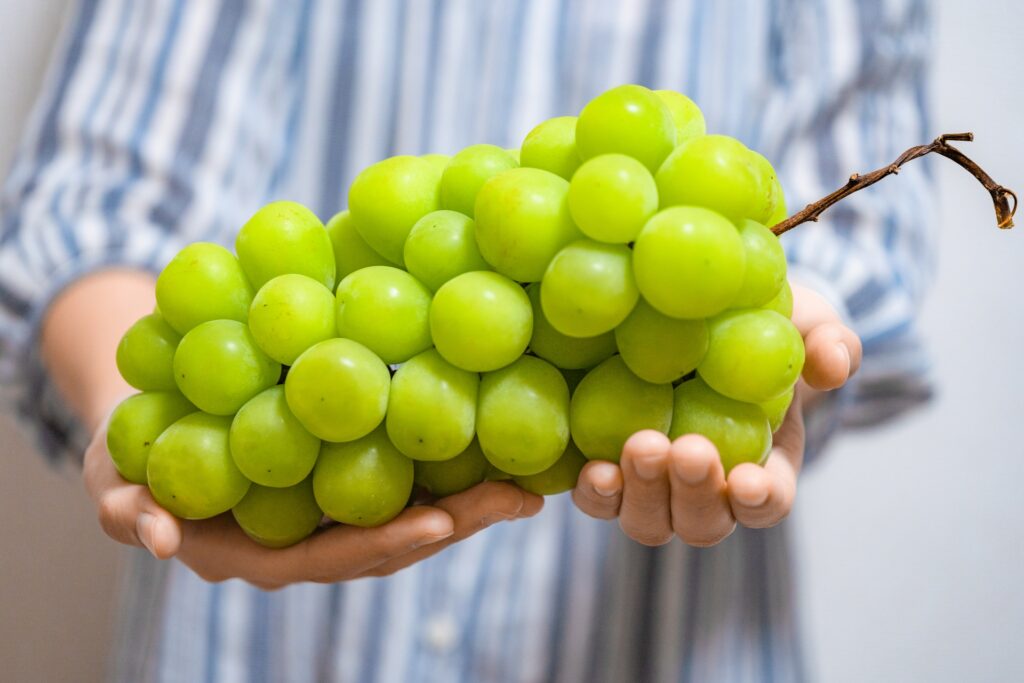The other day, I splurged on premium Pione grapes. Despite the high price, I couldn’t resist–they’re seedless, incredibly juicy, and can grow up to 5 centimeters in diameter!

There are many world-class fruit-producing areas in Japan such as Aomori for apples, Wakayama for oranges, and Tottori for watermelons. While fruits here are known for their steep prices, you can find reasonably priced options at regular supermarkets. That said, Japan also has a thriving market for luxury fruits, often sold at high-end stores. I’ve even heard that premium watermelons produced in Tottori Prefecture are exported to Dubai and sold at 30,000 yen each, gracing the tables of celebrities and even royal families!
Although I’m not a huge fruit lover, I missed Japan’s luxury fruits during my time studying abroad in the States. The fruit culture is different there–people tend to eat fruit casually throughout the day. My American roommates would eat apples between meals and often pack them in a Ziploc bag when they went to school, seeing it as a healthy snack.
On the other hand, in Japan (I believe partially due to the limited land), fruit producers work very hard to create sweet, fragrant, and juicy varieties. So, when we eat fruit, we typically peel the skin in order to remove the bitterness in order to enjoy its sweetness as much as possible. I always peel the skin of each grape (even though I know I’m losing out on polyphenols that have antioxidant benefits).
If you visit Japan, I recommend checking out local supermarkets, picking up some of the local fruits and enjoying them as dessert.
